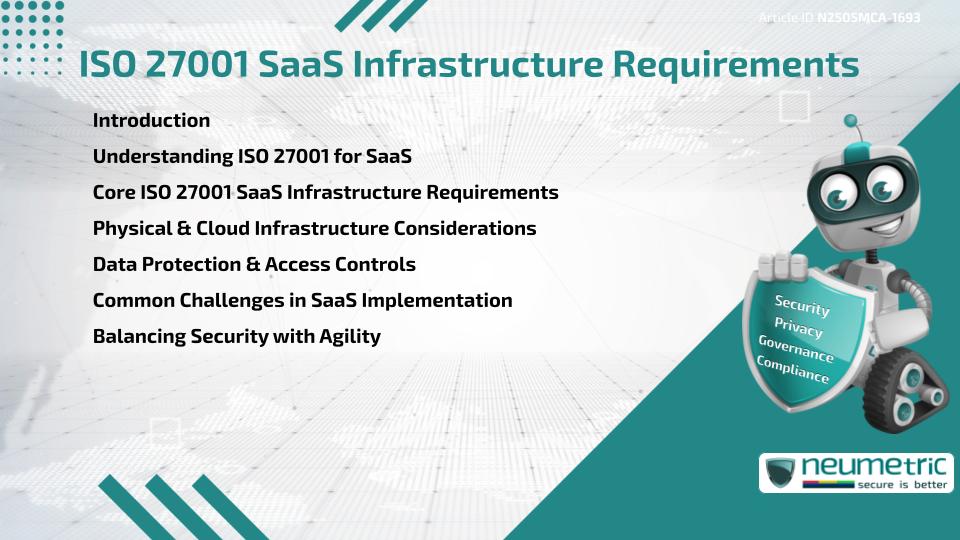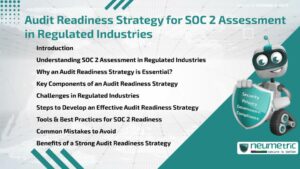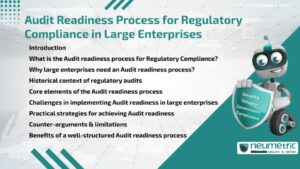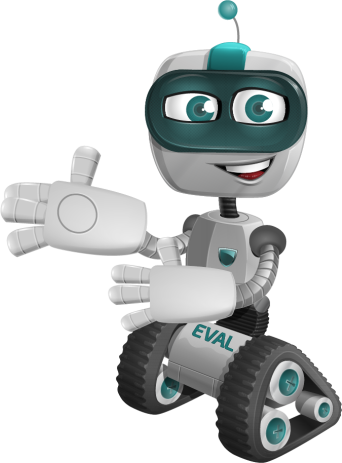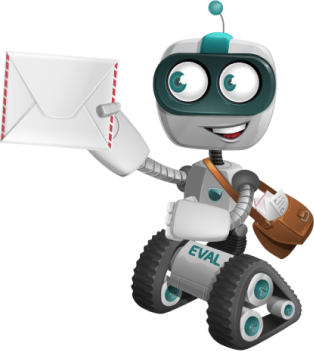Table of Contents
ToggleIntroduction
With cloud adoption at an All-time high, Data Protection has become a critical concern for Businesses. ISO 27001, a global Information Security Standard, offers a structured way to Secure Digital Assets. For Software as a Service [SaaS] providers, meeting ISO 27001 SaaS Infrastructure requirements is essential for safeguarding Client Data & Maintaining Credibility.
Understanding ISO 27001 for SaaS
ISO 27001 provides a Framework for managing Security Risks through an Information Security Management System (ISMS). While the Standard itself is flexible, SaaS Providers face unique challenges. The Cloud-based nature of SaaS introduces elements like shared Infrastructure, rapid Scalability & Multitenancy — all of which make ISO 27001 SaaS infrastructure requirements more complex.
Core ISO 27001 SaaS Infrastructure Requirements
Key Infrastructure requirements under ISO 27001 for SaaS include:
- Securing Data in Transit & At rest using Encryption
- Enforcing Access Controls based on User Roles
- Monitoring activity Logs for suspicious behavior
- Managing Vulnerabilities & Applying Patches
- Establishing Business Continuity & Disaster Recovery Plans
All these Controls must be Documented & Integrated into the provider’s ISMS.
Physical & Cloud Infrastructure Considerations
Despite its Digital nature, SaaS still depends on Physical Infrastructure like Data Centers. ISO 27001 requires providers to ensure that these Centers are protected with Surveillance, Restricted Entry & Backup Power.
In Cloud Environments, SaaS Companies often rely on providers like AWS or Azure. According to the AWS Shared Responsibility Model, SaaS Providers are responsible for securing Data & Configurations, even when using Third Party Platforms. These responsibilities must be clearly defined in Service Agreements.
Data Protection & Access Controls
Protecting User Data is at the Core of ISO 27001 SaaS Infrastructure requirements. Access must be controlled using Identity Management Systems, with users granted the Least Privilege necessary.
Multitenancy, where multiple Clients share iInfrastructure, adds another layer of Risk. Controls must ensure that one Client cannot access another’s Data. This is especially important when Services are deployed at scale using Containers or MicroServices.
Common Challenges in SaaS Implementation
SaaS Providers often struggle to implement Controls without slowing down Development. Agile Teams may unintentionally skip essential checks during rapid Deployments. Also, older Tools or External Services may not fully support ISO 27001 Controls, making Integration difficult.
Understanding these challenges helps providers Design Infrastructure that meets Compliance without compromising efficiency.
Balancing Security with Agility
Security & Speed can Coexist. Many SaaS Teams use Automation Tools to apply Secure Configurations or Monitor changes in Real time. Infrastructure-as-code lets them standardise Security across Environments.
Meeting ISO 27001 SaaS Infrastructure requirements is not about rigidity but about making smart, repeatable choices that support secure Operations at scale.
Conclusion
ISO 27001 offers a trusted Framework for managing Risks in Cloud Environments. For SaaS companies, aligning with its Infrastructure requirements is not just about Compliance — it’s about delivering Reliable, Secure Services to Customers. Implementing these Controls is a practical step toward Resilience & Trust.
Takeaways
- ISO 27001 guides SaaS Providers in managing Cloud Security Risks
- SaaS Environments must address Multitenancy & Dynamic scaling
- Infrastructure Controls should protect both Physical & Virtual layers
- Role-based Access, Encryption & Monitoring are central to Compliance
- Smart Automation helps meet ISO 27001 SaaS Infrastructure requirements efficiently
FAQ
What are ISO 27001 SaaS Infrastructure requirements?
They include Controls for Access, Encryption, Monitoring & Cloud Configuration, all managed within an ISMS.
Why do SaaS Providers need ISO 27001?
It builds Client trust & ensures the provider manages Data responsibly according to Global Standards.
Do ISO 27001 Controls apply to Public Cloud?
Yes. Even with Third Party Cloud Providers, SaaS companies must secure their own Configurations & Data.
What is the Role of Access Control in ISO 27001 SaaS Infrastructure requirements?
Access Control prevents Unauthorised users from reaching Sensitive Data by assigning appropriate Privileges.
Is Multitenancy covered under ISO 27001?
Yes. The Standard requires safeguards to keep tenant Data isolated & protected from Cross-access.
Can Agile Teams meet ISO 27001 requirements?
Yes, with proper Planning, Automation & Integration of Security into Development Workflows.
Need help?
Neumetric provides organisations the necessary help to achieve their Cybersecurity, Compliance, Governance, Privacy, Certifications & Pentesting goals.
Organisations & Businesses, specifically those which provide SaaS & AI Solutions, usually need a Cybersecurity Partner for meeting & maintaining the ongoing Security & Privacy needs & requirements of their Clients & Customers.
SOC 2, ISO 27001, ISO 42001, NIST, HIPAA, HECVAT, EU GDPR are some of the Frameworks that are served by Fusion – a centralised, automated, AI-enabled SaaS Solution created & managed by Neumetric.
Reach out to us!

